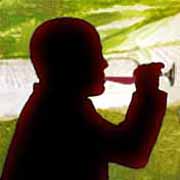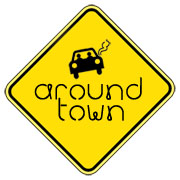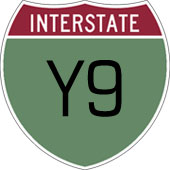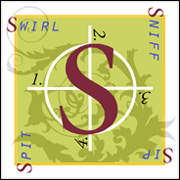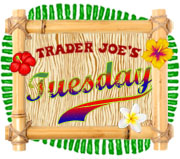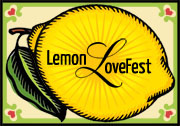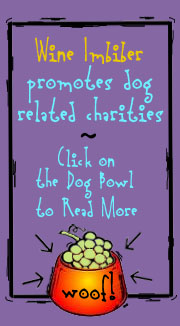|
30 Apr
2015 |
Grand Cercle Des Vins de Bordeaux 
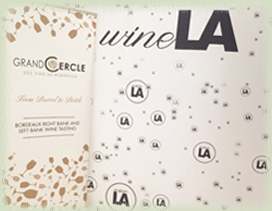 Last week, we joined a trade and media wine tasting event put on by Ian Blackburn’s wineLA (originally branded as Learn About Wine) for the Grand Cercle Des Vins de Bordeaux, which translates to “Grand Circle Bordeaux Wine”. According to their website, the organization “was established in June 2013 thanks to the will of Alain Raynaud, its president and founder, to unite under a single entity the wines from the Right Bank and Left Bank. The organization is a blending of the earlier separate Grand Cercle organizations for the Right Bank and Left Bank. It includes to date the 138 chateaux from the Right Bank and 57 from the Left Bank.” The translation continues, “In the diversity and complementarity of appellations, terroirs and people, with nearly 200 wines, Grand Circle offers a showcase of Bordeaux wines selected for their high quality.” How true.
Last week, we joined a trade and media wine tasting event put on by Ian Blackburn’s wineLA (originally branded as Learn About Wine) for the Grand Cercle Des Vins de Bordeaux, which translates to “Grand Circle Bordeaux Wine”. According to their website, the organization “was established in June 2013 thanks to the will of Alain Raynaud, its president and founder, to unite under a single entity the wines from the Right Bank and Left Bank. The organization is a blending of the earlier separate Grand Cercle organizations for the Right Bank and Left Bank. It includes to date the 138 chateaux from the Right Bank and 57 from the Left Bank.” The translation continues, “In the diversity and complementarity of appellations, terroirs and people, with nearly 200 wines, Grand Circle offers a showcase of Bordeaux wines selected for their high quality.” How true.
As more people know today, French law requires wine to be labeled by its place of origin, as compared to the USA where wine is labeled by grape varietal for the most part. The Gironde estuary of the Dordogne and Garonne rivers divides the Bordeaux wine region into the Right Bank (to the East) and Left Bank (to the West). The Right Bank appellations include Bordeaux, Bordeaux Supérieur, Entre–Deux–Mers, Sainte–Foy Bordeaux, Cadillac Côtes de Bordeaux, Blaye, Blaye Côtes de Bordeaux, Côtes de Bourg, Côtes de Castillon Bordeaux, Côtes Francs Bordeaux, Pomerol, Lalande de Pomerol, Fronsac, Canon Fronsac, Saint–Emilion, Montagne Saint–Emilion, Lussac Saint–Emilion and Puisseguin Saint–Emilion. The Left Bank appellations include Médoc, Haut–Médoc, Saint–Estéphe, Pauillac, Saint–Julien, Listrac, Moulis, Margaux, Graves, Pessac–Léognan and Sauternes. The relatively mild climate due to proximity to the Atlantic Ocean, warmed by the Gulf Stream, and the various soils in the terrain, set the stage for wines of subtlety and complexity.
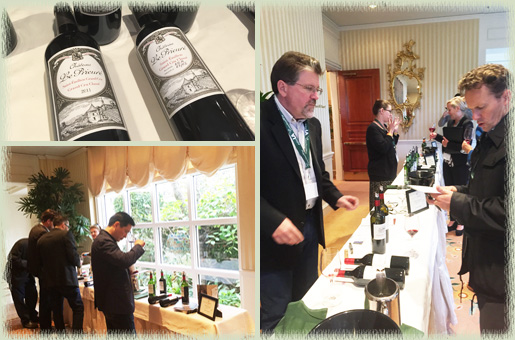
The principal grape varietals of the Bordeaux region are Cabernet Sauvignon, Merlot, Cabernet Franc, Petit Verdot, Sémillon, Sauvignon Blanc, Muscadelle and, to a lesser degree, Malbec, Carmenère and a few others. Most red Bordeaux wines are a blend of these varietals, often predominantly Cabernet Sauvignon with some Merlot and Cabernet Franc (classically 70/15/15), or predominantly Merlot with some Cabernet Sauvignon and Cabernet Franc (classically 60/30/10). White wine blending is even more variable, through predominantly Sauvignon Blanc, while Sémillon if often used to add some sweetness (although Sémillon can also be dry in style). Sparkling Bordeaux wine is done in the Crément style, which is governed by strict rules that, in some respects, are very similar to those of Champagne (but only sparkling wine from the Champagne region can be called “Champagne”). You may also have heard of wine called “Claret”, which is historically the name used in England to identify red Bordeaux wines brought over from France (“Claret” comes from the wines known in medieval times as “vinum clarum” or “vin clar”, and later “clairet”, which referred to Bordeaux wines that were a bit paler in color due in part to the short time the wine had contact with the red grape skins during fermentation and also because some were blended with relatively more white grape juice; today these wines are deeper red in color).
What are the characteristics of a great Bordeaux? The Grand Cercle answers that the wine must have the ability:
- To please both the palate and the intellect;
- To hold the taster’s interest;
- To offer intense aromas and flavors without heaviness;
- To taste better with each sip;
- To improve with age; and
- To offer a singular personality.
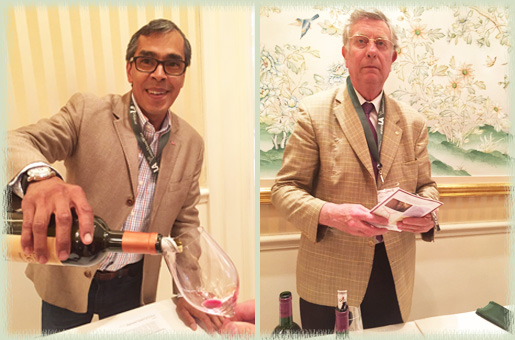
At the tasting event, many of the actual winemakers (who were traveling that day from a previous tasting in Texas) were late due to long flight delays (some even routed through Atlanta and Minneapolis to get to Los Angeles), but they eventually arrived to pour and explain their wines. Their enthusiasm (despite their travel travails) was evident. We sampled most of the wines on hand and we’ll list some of our very favorites. The first was the 2010 Chateau Seguin from Pessac–Léognan (60/40 Cab Sauv/Merlot), which possessed all six abilities. Two other great wines from the same appellation were the 2011 Chateau Haut Lagrange (55/45 Cab Sauv/Merlot) and the 2012 Chateau Haut–Bacalan (55/40/5 Merlot/Cab Sauv/Petit Verdot). These wines are elegant, complex, well–balanced wines. From Saint–Estéphe, we enjoyed the 2012 Chateau Sérilhan (57/35/8 Cab Sauv/Merlot/Cab Franc). We also enjoyed all three wines offered by Chateau Siaurac & Co.— the 2011 Chateau Vray Croix de Gay (80/20 Merlot/Cab Franc) from Pomerol, the 2012 Chateau Siaurac (75/20/5 Merlot/Cab Franc/Malbec) from Lalande de Pomerol, and the 2011 Chateau Le Prieuré (80/20 Merlot/Cab Franc) from Saint–Emilion. Other great wines included the 2012 Chateau de Pressac (65/18/11/4/2 Merlot/Cab Franc/Cab Sauv/Pressac/Carmènére), also from Saint–Emilion, and the 2010 Chateau Peyrat–Forthon (55/41/4 Cab Sauv/Merlot/Petit Verdot) from Haut–Médoc.
Overall, the quality of these wines was excellent and they certainly lived up to expectations. Most winemakers also poured their 2014 barrel samples, which show great promise for the Grand Cercle in the coming years.
Disclosure: We were granted complimentary media credentials for this event.

